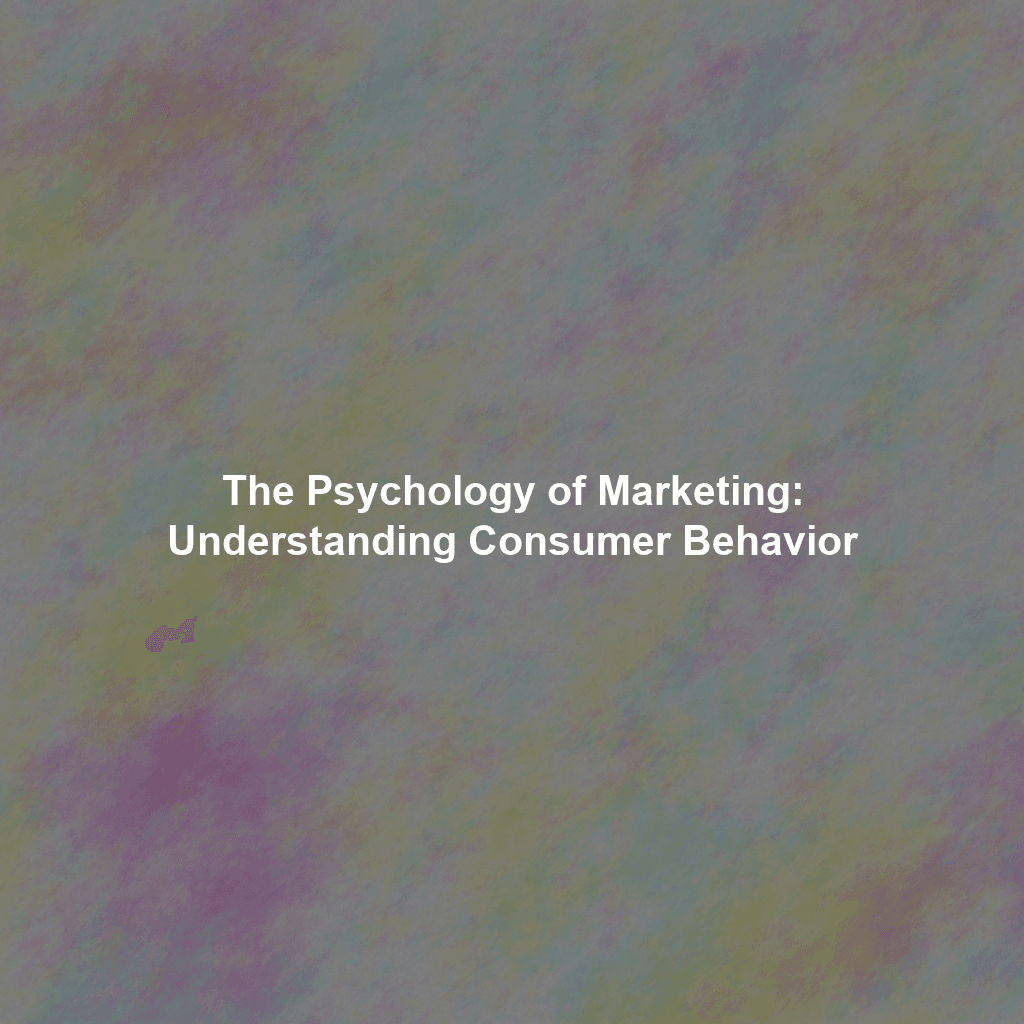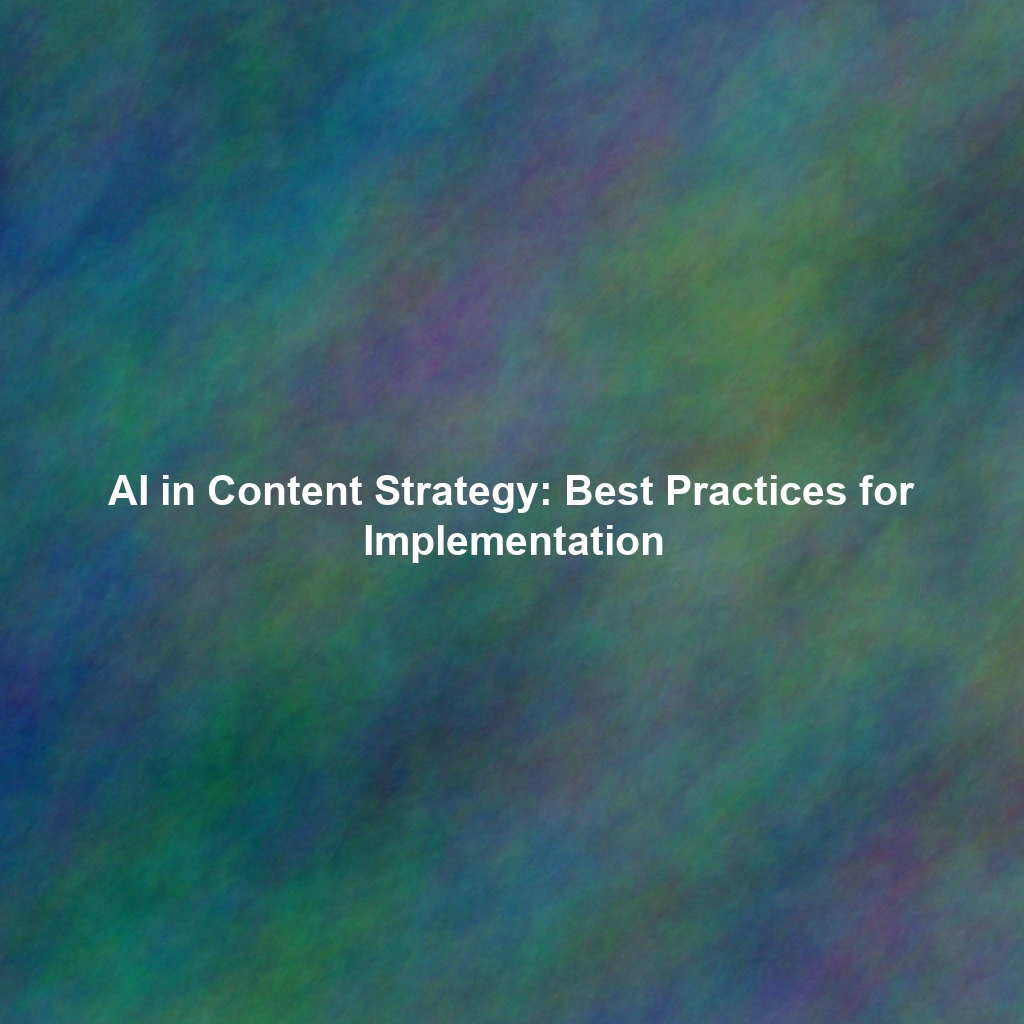Ever wondered why you chose that particular brand of coffee or clicked on a specific ad? It’s not always about logic. Often, it’s deeply rooted in psychology. Understanding the psychological principles that drive consumer behavior is the key to crafting marketing campaigns that truly resonate and convert. This article delves into the core concepts of marketing psychology, providing you with actionable strategies to connect with your audience on a deeper level.
Why Psychology Matters in Marketing
Traditional marketing often focuses on demographics and surface-level data. However, psychology digs deeper, exploring the ‘why’ behind consumer choices. It helps us understand:
- Motivations: What needs and desires are driving their behavior?
- Perceptions: How do they perceive your brand and products?
- Decision-Making Processes: How do they weigh options and make choices?
- Emotional Connections: What emotions do they associate with your brand?
By understanding these factors, you can tailor your marketing messages and strategies to align with your audience’s psychological makeup, leading to increased engagement, brand loyalty, and ultimately, higher conversion rates.
Key Psychological Principles for Marketers
Several psychological principles are particularly relevant to marketing. Let’s explore some of the most impactful:
Loss Aversion: The Fear of Missing Out (FOMO)
People are generally more motivated to avoid losses than to acquire equivalent gains. This principle, known as loss aversion, is the driving force behind scarcity marketing and “limited-time offers.” When consumers feel they might miss out on something valuable, they’re more likely to take action.
Example: A website displaying a message like “Only 3 left in stock!” leverages loss aversion to encourage immediate purchase.
Social Proof: Following the Crowd
We often look to others for cues on how to behave, especially in uncertain situations. This is social proof. Testimonials, reviews, case studies, and celebrity endorsements are all powerful forms of social proof that can influence consumer decisions.
Example: Displaying customer reviews prominently on a product page can significantly increase sales.
Reciprocity: The Power of Giving
Humans have an innate desire to return favors. Offering something of value upfront, such as a free ebook, a free consultation, or a small discount, can trigger the principle of reciprocity, making people more likely to reciprocate by purchasing your product or service.
Example: Offering a free trial of your software can lead to higher conversion rates as users feel compelled to reciprocate your generosity.
The Anchoring Effect: Setting the Stage for Value
The anchoring effect describes our tendency to rely heavily on the first piece of information we receive (the “anchor”) when making decisions. Marketers can use this to their advantage by strategically presenting initial prices or information to influence perceptions of value.
Example: Displaying a higher original price next to a discounted price makes the discounted price seem like a much better deal, even if the discounted price is still relatively high.
Cognitive Ease: Making it Easy to Decide
People prefer things that are easy to understand and process. This is cognitive ease. Using clear and concise language, visually appealing designs, and simple user interfaces can reduce cognitive load and make it easier for consumers to make a decision in your favor.
Example: A website with a clear call-to-action button and minimal distractions will likely convert better than a cluttered website with confusing navigation.
The Power of Storytelling: Connecting on an Emotional Level
Stories are memorable, engaging, and emotionally resonant. Crafting compelling narratives around your brand and products can create a deeper connection with your audience and make your marketing messages more impactful. People remember stories far better than facts and figures.
Example: Showcasing how your product helped a customer overcome a challenge can be much more effective than simply listing its features.
Implementing Psychology in Your Marketing Strategies
Now that you understand some key psychological principles, let’s look at how you can apply them to your marketing campaigns:
- A/B Testing: Experiment with different messaging, designs, and offers to see what resonates best with your audience.
- Customer Personas: Develop detailed profiles of your ideal customers, including their motivations, needs, and pain points.
- Surveys and Feedback: Gather direct feedback from your customers to understand their perceptions and experiences.
- Data Analysis: Track your marketing performance to identify what’s working and what’s not. Pay attention to metrics like click-through rates, conversion rates, and customer lifetime value.
- Ethical Considerations: Use psychological principles responsibly and ethically. Avoid manipulative tactics that could harm your customers or damage your brand reputation.
Conclusion
The psychology of marketing is a powerful tool for understanding and influencing consumer behavior. By incorporating psychological principles into your marketing strategies, you can create more effective campaigns that resonate with your audience, build stronger brand loyalty, and drive meaningful results. Remember to prioritize ethical practices and always focus on providing genuine value to your customers. The key is not just to sell, but to connect on a human level, understanding the ‘why’ behind their choices and building lasting relationships.
 Skip to content
Skip to content

